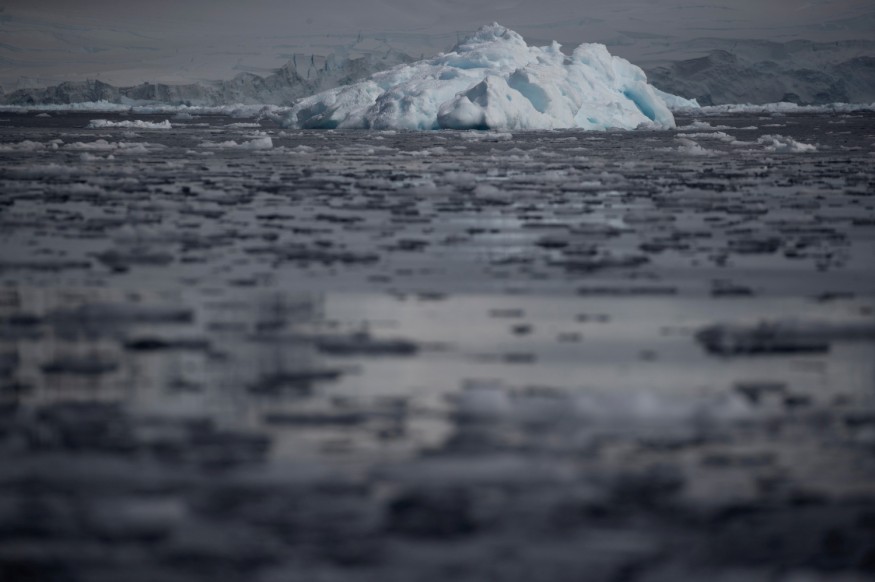
The South Pole is currently warming at almost thrice the rate more than the worldwide average, according to a new study, and it is mostly due to climate cycles that are occurring in the Earth's tropical regions. The study was published in the Nature Climate Change journal.
Study author and New Zealand Victoria University of Wellington researcher Kyle Clem and his colleagues examined air temperatures of the surface at Amundsen-Scott station, the weather observatory at the southernmost part of the world, found almost on the very top of South Pole. Here, winter temperatures can reach -100°F.
Temperatures in the area are rising at a rate of one degree every ten years since the beginning of 1990. Since at least half of the past century, the South Pole has been cooling down, but now, it has reversed, probably due to shifting patterns in tropical climates.
The study utilized model simulations and observations in its investigation. Their findings say that shifting ocean temperatures in the western Pacific tropical region largely influenced South Pole's warming.
The temperatures are primarily regulated by the climate cycle called IPO or Interdecadal Pacific Oscillation. This phenomenon shifts the temperatures in the western Pacific between cool and warm phases approximately every two decades. A warmer ocean adds more warm air to Antarctica.
According to the researchers, the influence of the IPO could be strengthened further by the so-called Southern Annular Mode. This cycle helps to regulate westerly winds that flow around Antarctica, cause winds to weaken or strengthen periodically.
Stronger winds help push warm air to Antarctica.
The study speculates that these two cycles actively contributed to Antarctica's warming in the past decades. The simulations are suggesting that recent warming may have occurred entirely happened without human influence.
The researchers say that human-induced warming could have warmed Antarctica recently, but it is not the leading cause. The study's findings demonstrate the complexity of Antarctica's climate as well as the strong influence of climate cycles from other far-flung regions on Earth.
While the Arctic is warming very quickly, the climate of the Antarctic is notoriously hard to determine. Various regions in the continent have vastly different climates within the same period. The South Pole has generally cooled in the past decades, but most of West Antarctica, as well as the Antarctic Peninsula, warmed and melted. Conversely, now that the South Pole began heating up, warming declined at the peninsula.
Antarctica's sea ice also showed puzzling trends. In the past 35 years, the Southern Ocean's sea ice expanded, but in 2014, the trend turned around. Now, the last few years have seen its rapid decline, with scientists still not in agreement as of the reasons behind it.
University of Colorado scientists Ted Scambos and Sharon Stammerjohn say Antarctica's climate is filled with changes. Scientists blame the shifting, complex patterns on El Niño, IPO, and other natural climate cycles, as well as the effects of global climate change. The influence of the natural variability of the climate is so pervasive that no pattern can be clearly linked to human-induced global warming. Scambos and Stammerjohn note that the high occurrence of intrinsic variability usually obscures the anthropogenic role in climate change.
© 2025 NatureWorldNews.com All rights reserved. Do not reproduce without permission.





